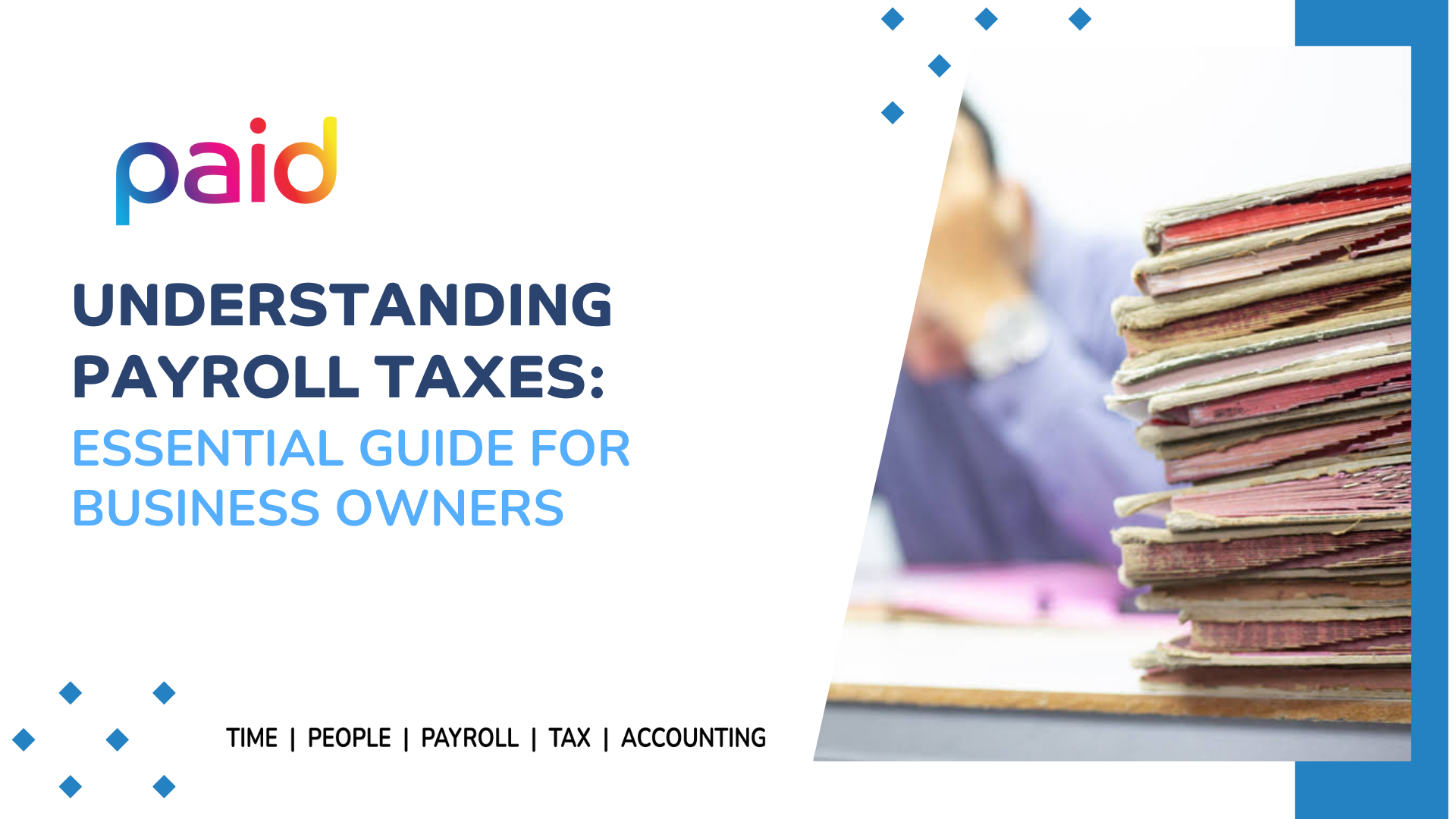Navigating Payroll Compliance and Taxes: Essential Considerations for Businesses
In the intricate world of business operations, few tasks are as critical yet complex as payroll management. It's not just about ensuring employees...
2 min read
Blake LeMoi
:
Apr 14, 2025 2:34:00 PM

Business disruptions, such as natural disasters or pandemics, can severely impact operations, including payroll processes. Ensuring payroll continuity during these challenging times is crucial for maintaining employee trust and organizational stability. Here are some strategies to help you manage payroll effectively during crises:
Identify Critical Payroll Processes:
Create a Communication Plan:
Cloud-Based Payroll Systems:
Employee Self-Service Portals:
Direct Deposit and Electronic Payments:
Automated Tax Filings:
Data Backup and Recovery:
Cross-Training Staff:
Monitor Legal Changes:
Flexible Policies:
Handling payroll during business disruptions requires careful planning, leveraging technology, and implementing robust processes. By developing a comprehensive contingency plan, utilizing cloud-based systems, automating processes, implementing redundant systems, and staying compliant with regulations, you can ensure payroll continuity and maintain employee trust during crises.
At Paid, we understand the importance of reliable payroll management, especially during challenging times. Our advanced payroll solutions are designed to help businesses navigate disruptions seamlessly. Ready to enhance your payroll resilience? Learn more about our solutions and schedule a demo today.

Receive our Payroll & Compliance Updates straight to your inbox for timely insights and expert advice.

In the intricate world of business operations, few tasks are as critical yet complex as payroll management. It's not just about ensuring employees...

Managing payroll taxes is a critical aspect of running a business, but it can be complex and time-consuming. For business owners, understanding...

In today's digital age, payroll security is a critical concern for businesses of all sizes. The increasing sophistication of cyber threats means that...